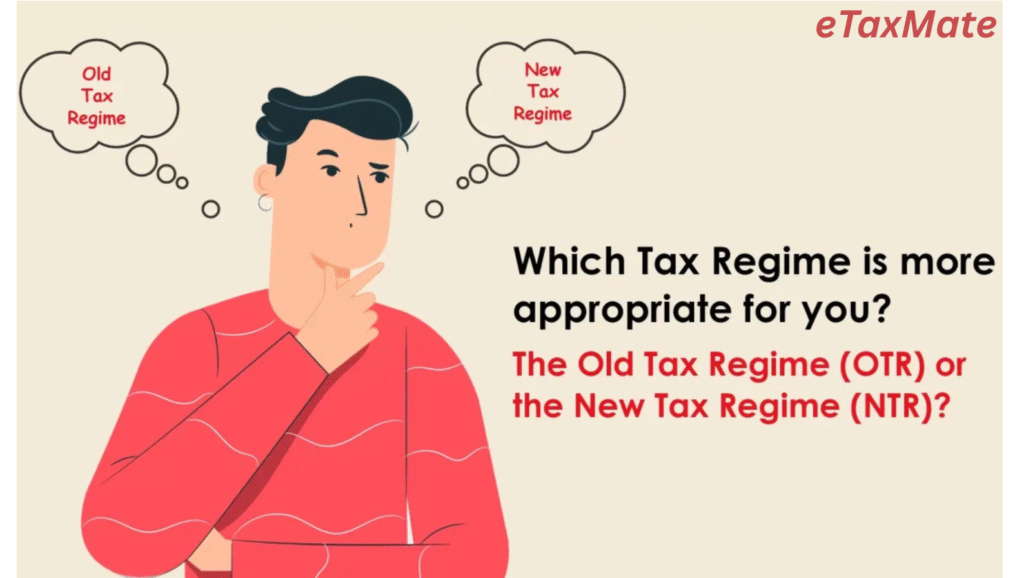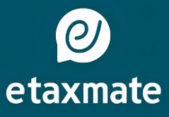
Introduction:
As the ITR due date approaches, choosing between the Tax Regimes 2024-25 becomes one of the most important tax decisions for Indian taxpayers. However, in the last-minute rush, many taxpayers hastily pick a tax regime — often based on advice from friends or outdated assumptions.
But here’s the catch:
Choosing between the Tax Regimes in India (2024-25) isn’t just a checkbox — it can greatly affect your total tax liability and long-term financial planning.
What happens if you ignore this?
If you don’t make a timely choice, the system may assign you the default regime. As a result, you could lose valuable deductions or end up paying more than necessary.
👉 So before it’s too late, let’s explore:
- What are the Old vs New Tax Regime options?
- How does each one affect your tax calculation?
- Which regime suits different types of taxpayers?
In this article, we’ll explain everything in simple terms — including a tax slab comparison, easy examples, and practical guidance — so you can file your return with full confidence.
The Old Tax Regime – For Those Who Invest to Save
The Old Regime has been the standard tax structure in India for years. It allows you to reduce your taxable income by claiming various deductions and exemptions, encouraging savings and long-term financial planning.
What It Offers:
- Section 80C Deductions (₹1.5 lakh max): Investments in LIC, PPF, EPF, ELSS, NSC, tuition fees, principal repayment of home loan, etc.
- Section 80D: Health insurance premium deduction for self and family
- House Rent Allowance (HRA): If you live in a rented house
- LTA (Leave Travel Allowance): Travel within India for salaried individuals
- Standard Deduction of ₹50,000 for salaried and pensioners
- Section 24(b): Interest on home loan (up to ₹2 lakh/year for self-occupied property)
- Other deductions: 80E (education loan interest), 80G (donations), etc.
What to Consider:
- Tax slabs are relatively higher
- Requires you to invest in tax-saving instruments and maintain records
- May lead to higher tax saving, if you claim eligible deductions fully
This regime is ideal if:
- You invest regularly
- You claim HRA or have a home loan
- You are comfortable maintaining proofs of investment
The New Tax Regime – Simpler, But No Strings Attached
The New Regime, introduced under Section 115BAC, aims to simplify tax filing. You get lower tax rates across the board, but you need to give up most deductions and exemptions.
What It Offers:
- Lower income tax slabs
- No need to submit proof of investments
- Easy, quick tax filing – especially for those with minimal deductions
What You Give Up:
- No 80C, 80D, HRA, or home loan interest benefits
- No exemptions like LTA or education loan interest
- Standard Deduction (₹50,000) is now allowed under the new regime (from FY 2023-24 onwards)
This regime is best suited for:
- Freelancers and self-employed individuals with no fixed salary structure
- Salaried individuals who don’t have large investments or HRA claims
- People who prefer simplicity over paperwork and don’t rely on tax-saving plans
For Income Tax Slabs, one may visit the Official Income tax https://www.incometax.gov.in/iec/foportal/help/individual/return-applicable-1
Let’s Make It Simpler: An Analogy
Imagine your salary is like a pizza.
- Under the Old Regime, you can cut and remove slices using deductions (80C, HRA, etc.), so you pay tax only on the remaining pizza.
- Under the New Regime, you eat the pizza as is — you pay tax on the whole thing, but at a discounted rate.
So, it’s not about which regime is better overall, but which one is better for your lifestyle and planning.
Still unsure which regime is right for you?
Get in touch with us for a personalized tax analysis. We’ll review your income, deductions, and financial goals — and help you choose the regime that actually saves you more.Make the smart choice this tax season — with expert help.
Let a professional guide you.
👉 Contact us for personalised advice, tax planning tips, or assistance with your ITR filing.
✅ Email: help@etaxmate.in, Phone: +91 7389176127
🌐 Website: etaxmate.in
